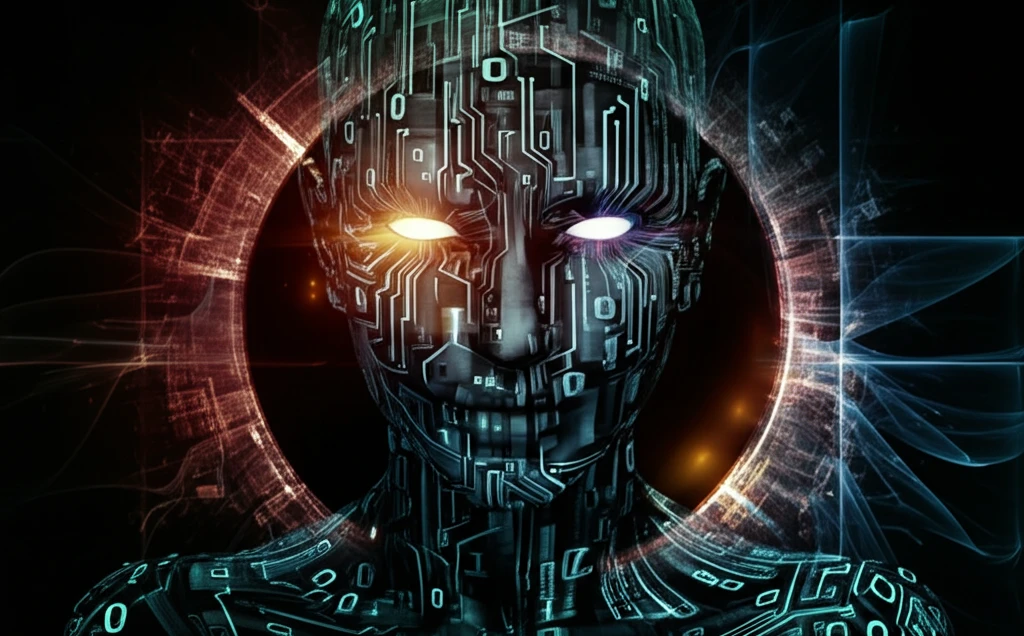
Unlock Your Emotions: A Guide to Facial Expression Recognition
"Decoding the subtle cues: How AI is revolutionizing emotion detection using facial expressions, and what it means for you."
Facial expressions, beyond mere reflexes, serve as potent communicators of our inner emotional states. While words can sometimes conceal or misrepresent our feelings, a subtle smile, a furrowed brow, or a widening of the eyes often betray our true sentiments. The ability to accurately detect and interpret these expressions has profound implications, touching everything from how we interact with each other to the way technology understands and responds to us.
The pursuit of automated emotion detection is not new, but recent advancements in artificial intelligence, particularly in the realm of machine learning, have propelled this field forward at an unprecedented pace. What was once a computationally intensive and often inaccurate process is now becoming increasingly streamlined and reliable, opening doors to a wide array of applications.
This article delves into the captivating world of emotion detection using facial expression analysis. We'll explore the methods, the challenges, and the exciting possibilities that arise when we teach machines to 'read' our faces. Get ready to discover how AI is unlocking the secrets of our emotions, and what that means for the future of human-computer interaction.
The Science Behind Reading Faces

At the heart of automated emotion detection lies a complex interplay of computer vision, machine learning, and, of course, the intricate nuances of human facial expressions. The process typically involves several key steps. First, the system must detect and isolate the face within an image or video stream. This is often achieved using algorithms like the Haar cascade classifier, which efficiently scans for facial features. Once the face is located, it undergoes preprocessing to standardize the image, often converting it to grayscale to reduce computational complexity and improve consistency.
The Future of Emotional AI
As AI continues to evolve, emotion detection technology promises to become even more sophisticated and integrated into our daily lives. Imagine personalized learning experiences that adapt to a student's emotional state, or mental health apps that provide real-time feedback and support based on facial cues. The possibilities are vast, and while ethical considerations must be carefully addressed, the potential benefits of understanding and responding to human emotions through AI are undeniable.
